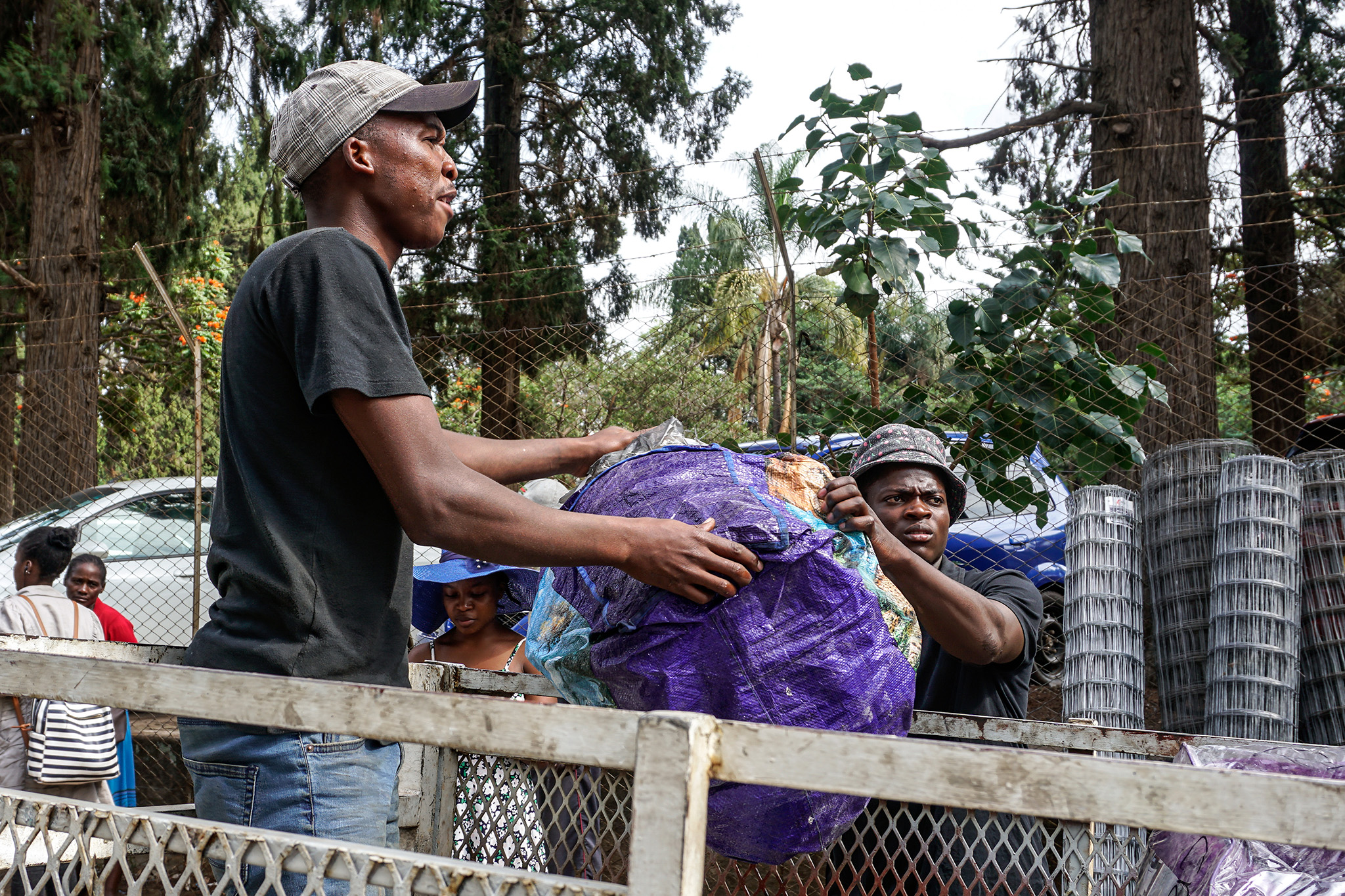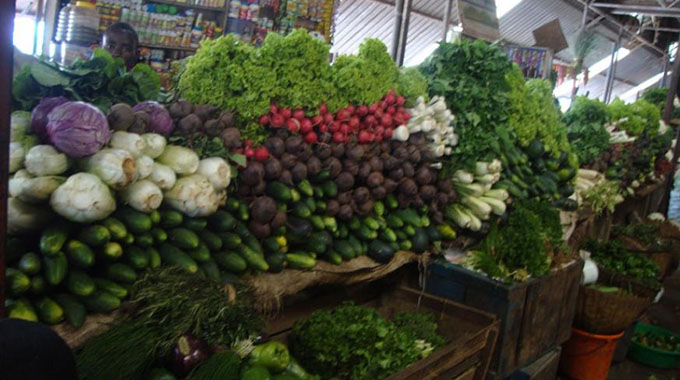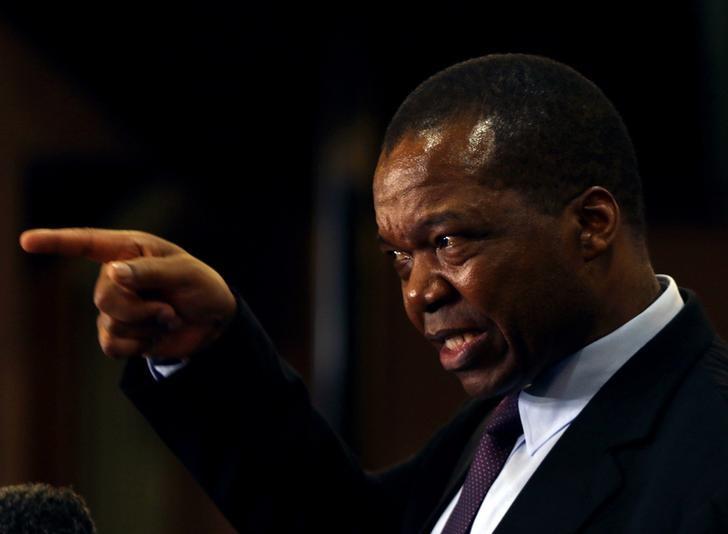Zim balance of payments position remains strong
ZIMBABWE’S Balance of Payments (BoP) position remains strong with the economy last month generating US$1,78 billion inflows against expenditure of US$1,6 billion, the central bank said.
Reserve Bank of Zimbabwe (RBZ) Governor Dr John Mangudya revealed this at the 2022 Confederation of Zimbabwe Industries (CZI) manufacturing sector survey results in Harare last week.
Last year, he said, Zimbabwe’s foreign currency inflows amounted to US$11,6 billion against total expenditure of US$9 billion.
BoP refers to a statement of all transactions executed between entities in a given country with the rest of the world over a period of time.
If the BoP position is positive, it means the country has surplus of foreign currency to meet other critical economic obligations that require hard currency.
For Zimbabwe, the surplus foreign currency can be channeled toward the procurement of modern equipment and machinery to improve production efficiencies and production in key sectors of the economy.
Dr Mangudya said Zimbabwe’s positive BoP position was being sustained by the tight fiscal and monetary interventions the authorities continue to implement to stabilise the economy “From a macro-perspective, we continue to have a tight monetary stance for this economy, there is a tight fiscal stance in this economy — these are the two frameworks that we are using and out of that we are seeing that the economy continues to be resilient in terms of its BoP position.
“Our BoP position remains strong. From 2020 our current account surplus continues to be positive meaning that what we are spending in this economy in foreign currency is less than what is coming in (forex inflows),” he said.
Zimbabwe’s major sources of foreign currency are mineral and agricultural exports, tourism and diaspora remittances, and funding that comes through development support from development partners.
An estimated 3 million Zimbabweans are believed to be in the diaspora and they regularly send money back home to sustain their families.
Last year, Zimbabwe’s diaspora remittances grew by 15,9 percent to US$1,65 billion while exports reached US$5,9 billion from US$5,4 billion in 2021.
The boost in export figures is largely on the back of various efforts by the Second Republic, including initiatives of State agencies like ZimTrade, which are facilitating export development and promotional activities such as outward missions and trade fair participation.
“Last year, our foreign currency situation was US$11,6 billion (inflows made up of exports, diaspora remittances and development income) against foreign currency expenditure of US$9 billion.
“This year alone as of March 15, the economy has received or earned US$1,78 billion against US$1,6 billion in terms of expenditure in foreign currency.
“Therefore, it means in this economy all things being equal we are supposed to have a stable exchange rate,” said Dr Mangudya.
However, he said foreign currency was not only being used in the country for the importation of goods and services but also as a store of value.
“And the store of value demand for foreign currency, if we are to estimate, is continuous and therefore, you can’t have a foreign currency exchange rate which is clearing the market off.
“If it was clearing the market for demand for imports, it was possible because you know the quantity and quantum of imports in this country.
He said this was the reason monetary authorities introduced the gold coins to serve as a store of value.
The RBZ introduced the first batch of gold coins towards the end of July last year, as an alternative store of value to the US dollar, reducing demand for the greenback and helping stabilise the local currency.
“And we are also going to ensure we digitise them (gold coins) which you can put in your electronic wallet or debit card for the purposes of transaction.
“So what does it mean? In simpler terms it means you are now going to have Zim dollar in your card, the US dollar in your card and the gold coin in your e-wallet.
“That’s what we are doing for this economy and to ensure that there is change when transacting we are also going to be importing US$1 notes. . . we are going to do a number of things to stabilise this economy,” said Dr Mangudya.
Commenting on last year’s manufacturing sector capacity utilisation level, the RBZ chief said authorities were pleased that a sustained level had been attained though it marginally dropped from 56,52 percent in 2021 to 56,1 percent.
“Capacity utilisation at 56 percent has remained like the previous year, that is important because it means that the business sustained the position
where it was.
“We would have loved the growth, but sustaining is more important, we need to stay the course and therefore, we are quite happy regarding
capacity utilisation which has remained where it was the previous year,” he said.herald.co.zw










